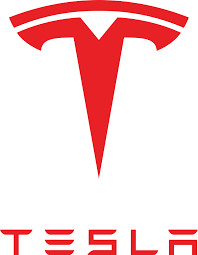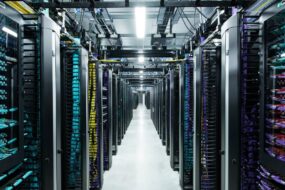
Tesla has recently unveiled an array of groundbreaking products, with the highlight being its highly anticipated Cybercab, a fully autonomous electric vehicle. Announced at the “We, Robot” event in Los Angeles on October 10, 2024, this robotaxi signals Tesla’s commitment to advancing self-driving technology. The Cybercab, priced at under $30,000, aims to revolutionize public transit with its compact two-seater design, butterfly doors, and lack of traditional steering or pedals. Elon Musk described it as an enabler of “individualized mass transit,” emphasizing that it could significantly reduce transit costs by operating at an estimated $0.20 per mile. The Cybercab is slated for production by 2026, although, given Musk’s history of optimistic timelines, some industry experts believe it might take longer.

Alongside the Cybercab, Tesla also introduced the Robovan, a larger autonomous vehicle designed for either transporting up to 20 passengers or cargo. This vehicle reflects Tesla’s vision of an autonomous transportation future, providing both personal and commercial use cases. Wireless charging, already hinted at for the Cybertruck, will be standard for these new autonomous vehicles, allowing them to recharge without human intervention—a critical feature for a future where vehicles can operate without drivers.

In addition to these vehicles, Musk also highlighted the Optimus humanoid robot, which is expected to play a major role in Tesla’s portfolio. Optimus, which Tesla has been developing for some time, could be a game-changer for automation in both home and industrial settings. It is projected to handle simple factory tasks and could be commercially available as early as 2025, priced between $20,000 and $30,000. Musk went as far as to call Optimus the “biggest product ever,” signaling high hopes for the robot’s impact on both Tesla’s bottom line and the broader robotics industry.

Tesla’s continuous push towards automation, including the expansion of its Full Self-Driving (FSD) system, remains central to its strategy. The FSD, which has been met with both excitement and skepticism, is expected to debut in Texas and California by 2025, enabling the Model 3 and Model Y to operate autonomously. However, Tesla still faces challenges in perfecting this technology, which has been in development for years without achieving full autonomy.
In conclusion, Tesla’s latest products are part of its broader vision of a fully autonomous future. The Cybercab and Robovan are set to redefine transportation, while Optimus could open new doors in robotics. However, with ambitious timelines and the complexity of self-driving technology, the company will need to navigate various hurdles before these innovations become mainstream.





